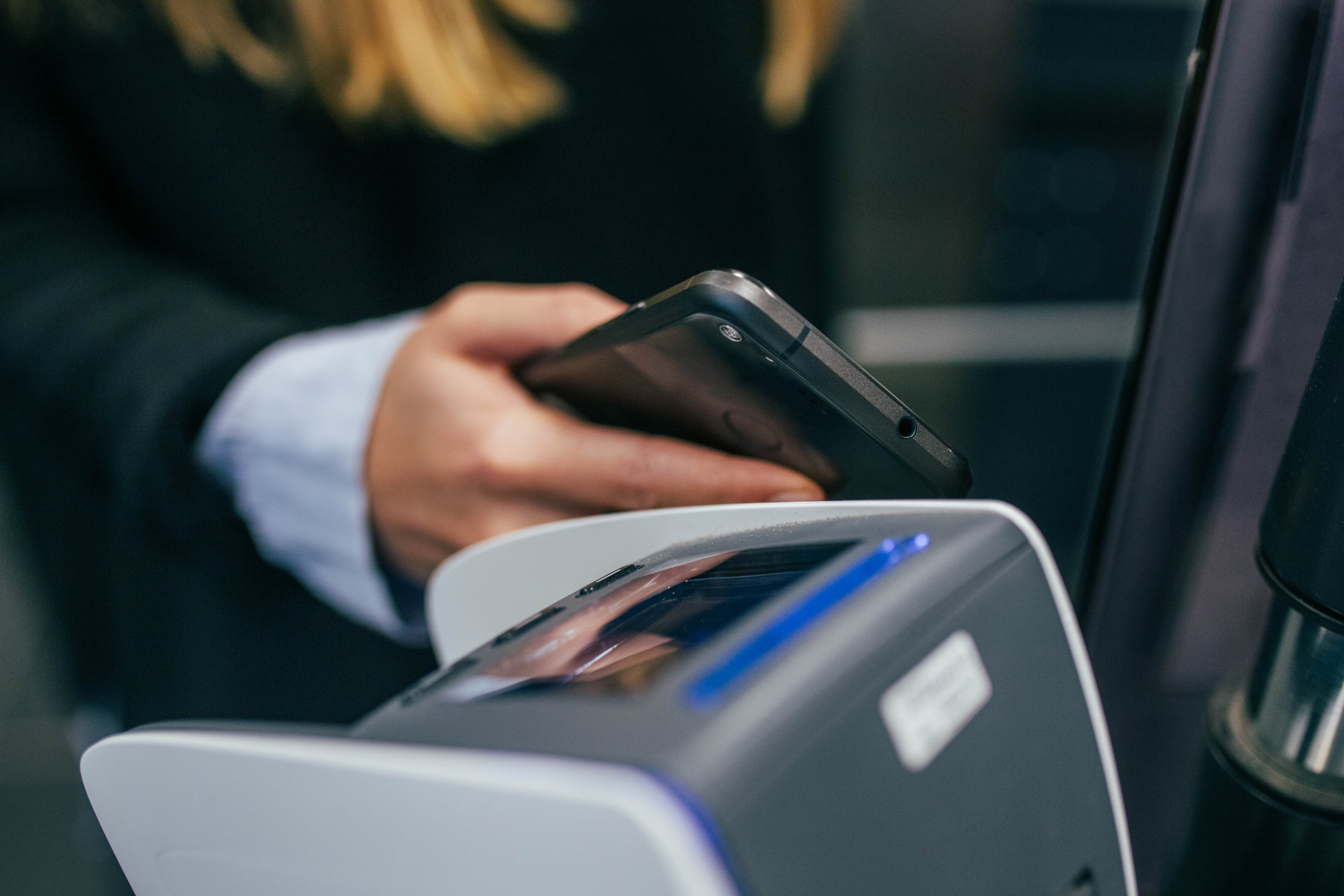 How Fraud Works Within the Payments Ecosystem" />
How Fraud Works Within the Payments Ecosystem" />
One of the most common types of fraud is credit card fraud. According to The Nilson Report, worldwide credit card fraud reached $24.71 billion in 2016 and is increasing every year.
Criminals have devised a large variety of ways to steal credit card info, but one of the most popular is through using a “skimmer” - a small, innocuous-looking device placed over the card slot at an ATM or gas station pump, designed to steal your card info when you swipe your card.
As a result of tactics like these, card manufacturers have implemented various technologies to prevent credit card fraud, such as:
- EMV chip technology
- Fraud detection and monitoring software
- ATM anti-skimming devices
The introduction of EMV chip technology was a major leap forward in credit card fraud prevention. EMV works by encrypting every transaction, making it much harder for thieves to skim your card info.
However, while such technologies offer significant security improvements, they still aren't foolproof. For every new innovation card manufacturers make to improve security, thieves innovate ways around it.
For example, while EMV cards are leaps and bounds more secure than traditional magnetic strip cards, clever criminals have come up with new devices known as "shimmers" that are designed to steal your card's information from the chip.
What's worse: while traditional skimming devices are easy for an informed person to spot, shimmers are small devices placed inside the card slot, making them virtually impossible to detect.
This is just one of many ways fraudsters can get a hold of your card info, and new ways are regularly being created.
So despite all these security improvements, credit card fraud is still projected to increase. The Nilson Report predicts credit card fraud costs will reach $32.82 billion in 2019 — a whole $8 billion increase from just three years ago.
Additionally, one of the biggest complaints with EMV cards is that they're slow. A late 2016 survey by Square found that people's “#1 dissatisfaction with chip cards is slow speeds. “ For every transaction, you're required to insert your card, enter your PIN number or signature, and wait for the payment to be processed. In a world where consumers are used to making simple and instant transactions online, EMV cards are slow and inconvenient by comparison.



